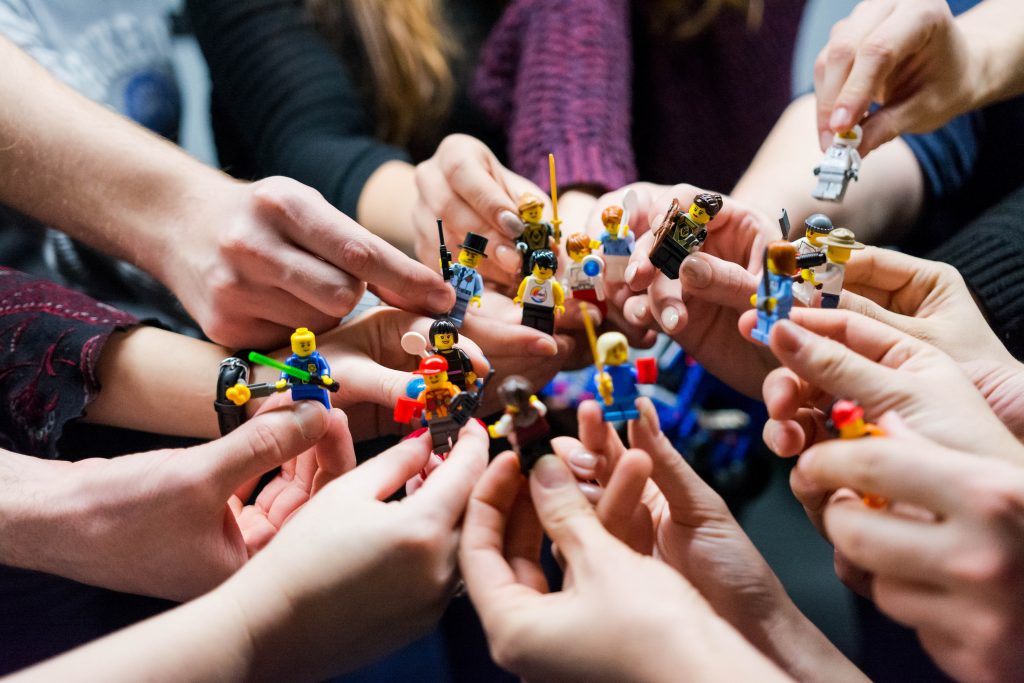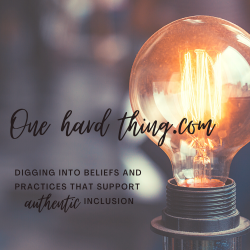
When you think of your “community,” how many people comprise it? Are they on multiple levels of some sort of power hierarchy, or is it “flat?” How are you connected? How safe is this circle?
- The first step in sharing perspectives is to create a safe space within which people can share. Who is responsible for the safety of your group?
- If safety (for the purposes of perspective-sharing) is a problem, then are there ways that group members could advocate for change?
- If safety isn’t a problem, is there a place and time where perspective-sharing is encouraged? Is there enough time given for each perspective to be heard?
- How important to the group is your perspective? Is there anything you could do to share your unique view with others in a respectful, but honest way?
Diversity in a group is lovely in theory, but often messy in reality. When you look around your particular community, how many different voices, points of view, or even temperaments do you see or hear? Is diversity something that is celebrated, or is there a push towards conformity in thought and action that somehow stifles the expression, or even involvement of some individuals?
- There are so many ways that humans diverge. How many differences can you spot within your group? Think about gender, age, ability, training, culture, experience with family, experience with tasks associated with your group’s goals, socio-economic status, support networks, rural/urban lifestyles, commute time….try to find as much diversity as you can!
- Are there people in your community who can see or know things that you couldn’t possibly see or know? Do you know who they are? Can you learn from them, or is there no time in your group for this type of sharing?
- When there are disagreements about vision, values, or logistics, is there an assumption that the person throwing up objections perhaps sees something that others in the group do not? Could this be an asset to the group as a whole? Would digging deeper into objections help everyone understand a 360° view of the problem and possible solution?
Diversity, if celebrated, needs time to stay healthy and safe. Does your group have time built in to its schedule to relax, slow down, listen to each other, and let feelings settle when differences in perspective surprise some members?
- So often, workplace groups endure “ice-breakers” or “community building sessions” that are really exercises in promoting conformity. Can you think of a time when you felt safe to challenge the status quo, and where the group really listened to you, or to another dissenting voice?
- Is challenging a previously held assumption seen as scary by the group? If so, why? Will there be repercussions for the challenger? The leader? Anyone who shows sympathy?
- Is there a way to set up processes for challenging ideas that allow for kindness to all, including those most invested in the status quo?
- Do discussions that touch on difficult topics (such as values) seem rushed, or is time allotted for the courage of all the perspective holders to be gathered for honest sharing?
- What sorts of care need to be provided to your group members to make sure that vulnerability within a group is not followed by a “vulnerability hangover,” or worse?
©2024 One Hard Thing
This page may be reproduced for the purposes described in onehardthing.com.

